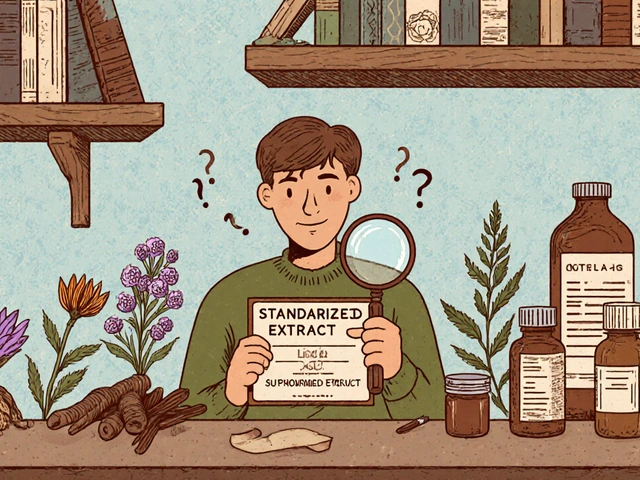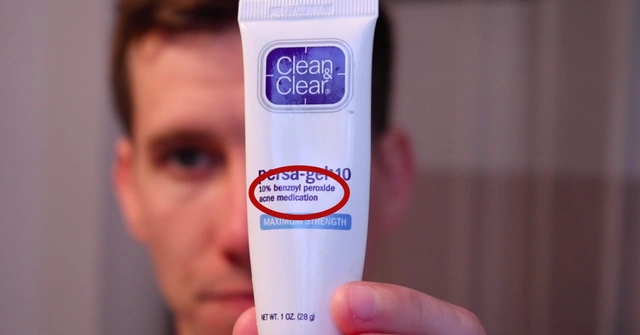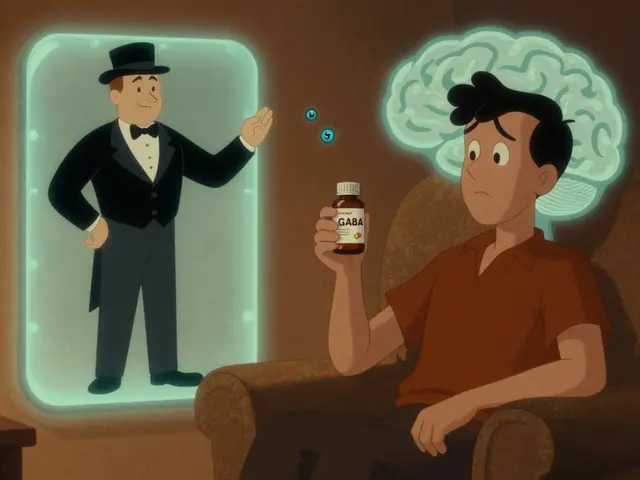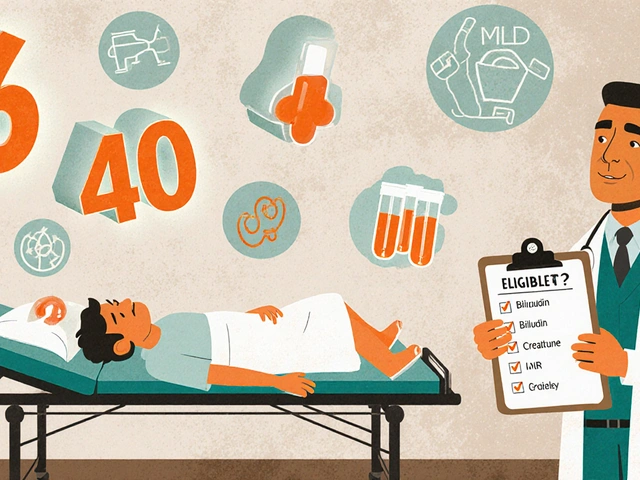Acne Medication: What Works, How to Use It, and What to Watch For
Got breakouts and tired of guessing what to try next? Acne medication falls into a few clear groups: cleansers and spot treatments, prescription topicals, oral medicines, and hormone-focused options. Pick the right one based on your acne type (whiteheads/blackheads vs. inflamed pustules or nodules), skin sensitivity, and whether you want fast results or long-term control.
Topical options that actually help
Start simple. Over-the-counter products that work: benzoyl peroxide (2.5–10%) kills acne bacteria and reduces inflammation, salicylic acid (0.5–2%) unclogs pores, and adapalene 0.1% (OTC retinoid) speeds cell turnover. If OTCs irritate, lower concentration or alternate-night use helps.
Prescription topicals include tretinoin (0.025–0.1%) and tazarotene, which are stronger retinoids for comedonal acne and post-inflammatory marks. Azelaic acid (15–20%) is great for redness and pigmentation and is gentler than some retinoids. Topical antibiotics like clindamycin work short-term but should usually be combined with benzoyl peroxide to prevent antibiotic resistance.
Oral treatments and when to consider them
For moderate to severe inflammatory acne, dermatologists commonly use oral antibiotics such as doxycycline (50–100 mg daily) or minocycline. Limit antibiotic courses to about 3 months when possible and pair with topical therapy to avoid resistance. For persistent, scarring, or nodular acne, isotretinoin is the most effective option. Typical courses last 4–6 months with a target cumulative dose around 120–150 mg/kg. Isotretinoin requires close monitoring and strict pregnancy prevention for people who can become pregnant.
Hormonal options help many people with acne that flares with menstrual cycles. Combined oral contraceptives can reduce breakouts, and spironolactone (25–200 mg daily) lowers oil production in people assigned female at birth. Spironolactone isn’t suitable for everyone — talk to your provider about blood pressure and pregnancy planning.
Quick practical tips: start one new active at a time so you can spot irritation; use a gentle, non-comedogenic moisturizer and sunscreen (retinoids increase sun sensitivity); avoid mixing multiple strong actives at once; and patch-test new products for 48 hours. If you see worsening nodules, widespread cysts, scarring, or no improvement after 8–12 weeks, book a dermatologist consult. Dealing with acne can feel personal and frustrating, but with the right medication plan and small daily habits you can get control and protect your skin long term.

8 Alternatives in 2025 to Isotroin: What Works When You Can’t Take Isotroin?
Struggling to find effective replacements for Isotroin in 2025? This article breaks down the top 8 real-world alternatives, covering how each one works, who should consider them, and what the catch might be. Get straightforward pros and cons for everything from topical treatments to hormonal solutions. Learn which alternative might be the best fit for your acne needs right now. Find out what actually helps when Isotroin isn’t an option.
Read More




